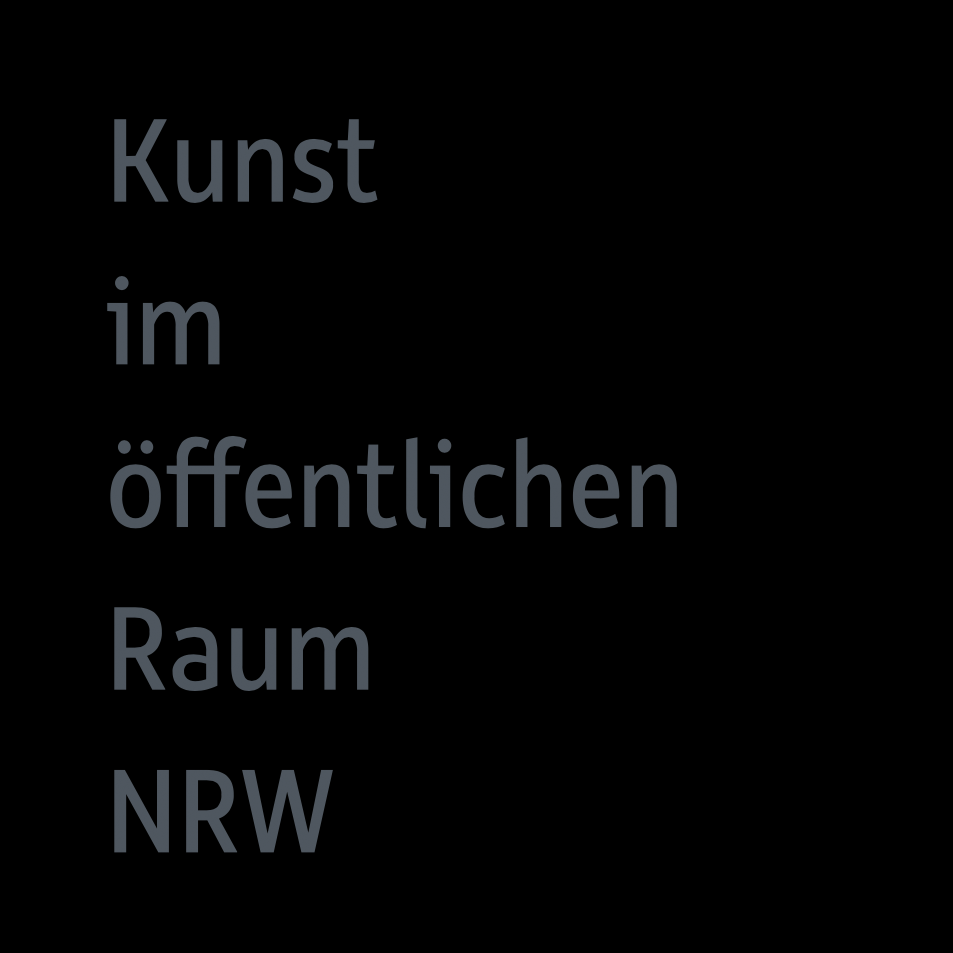Neuer Eiserner Mann / New Iron Man
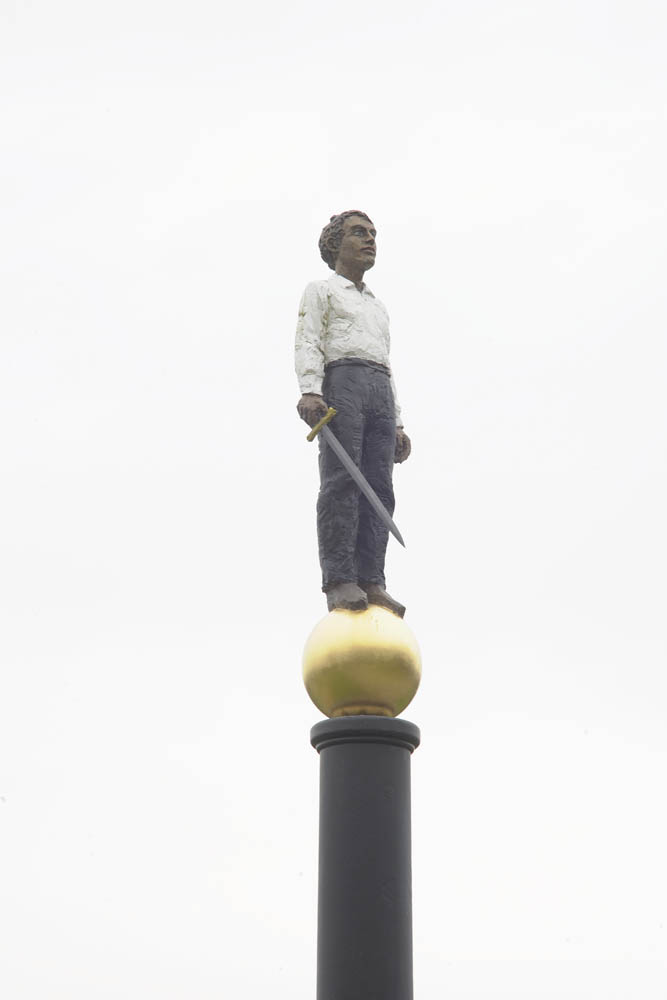
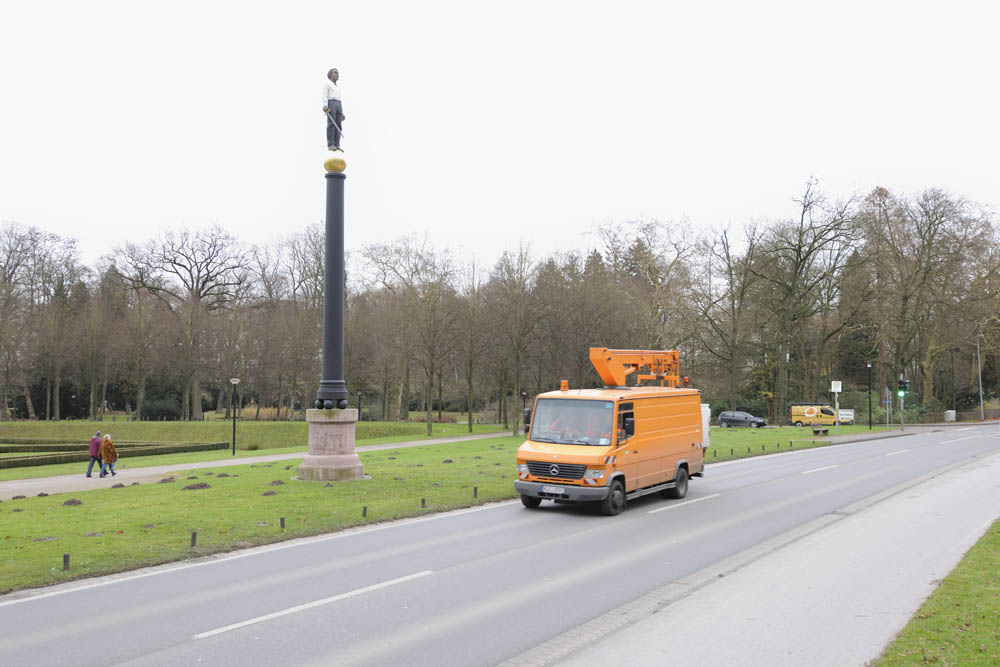
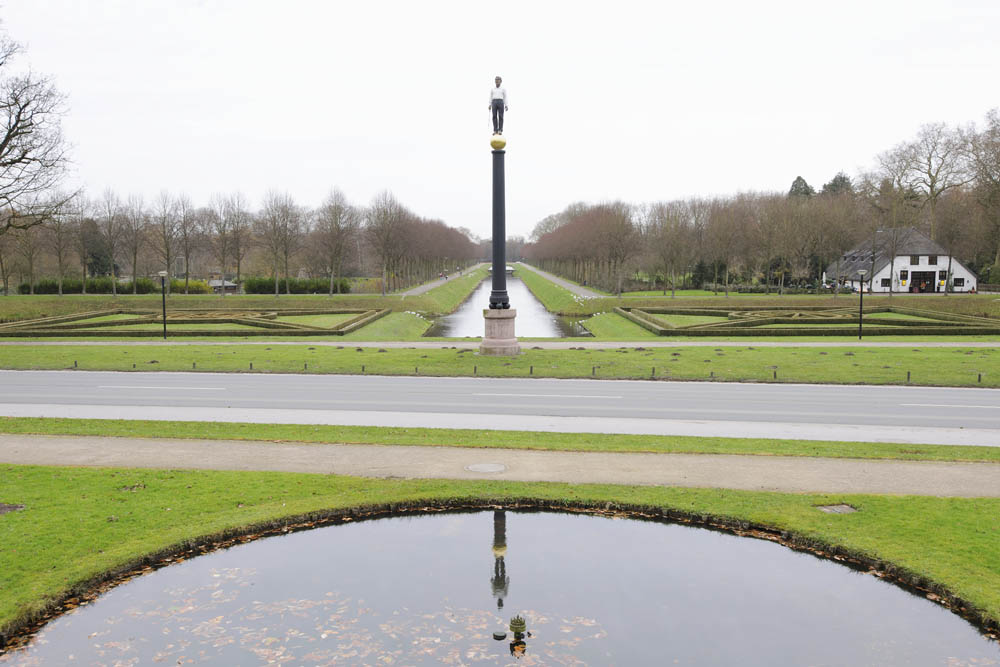
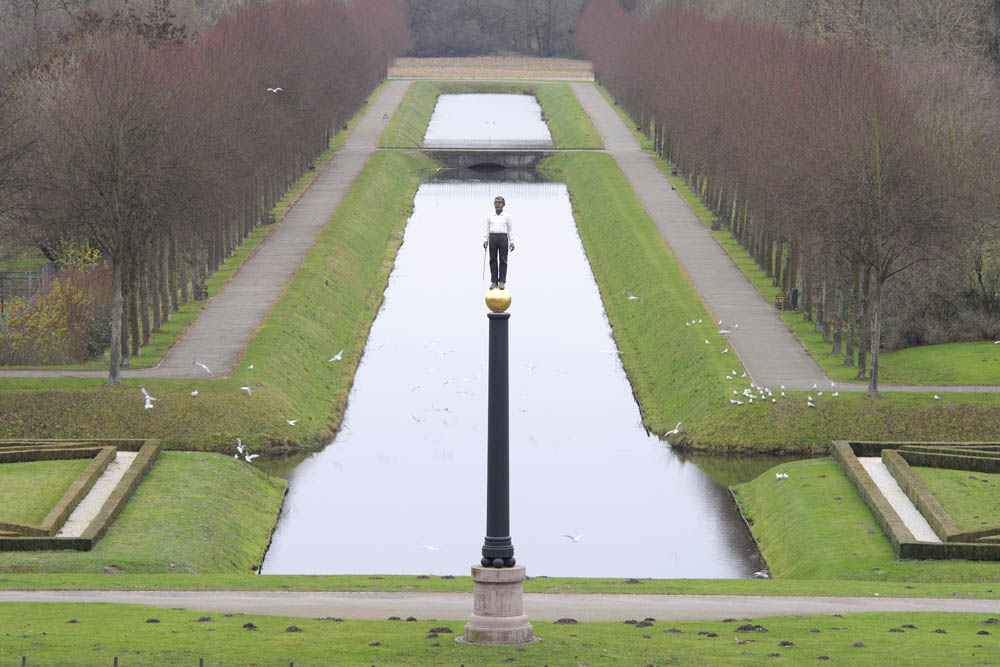
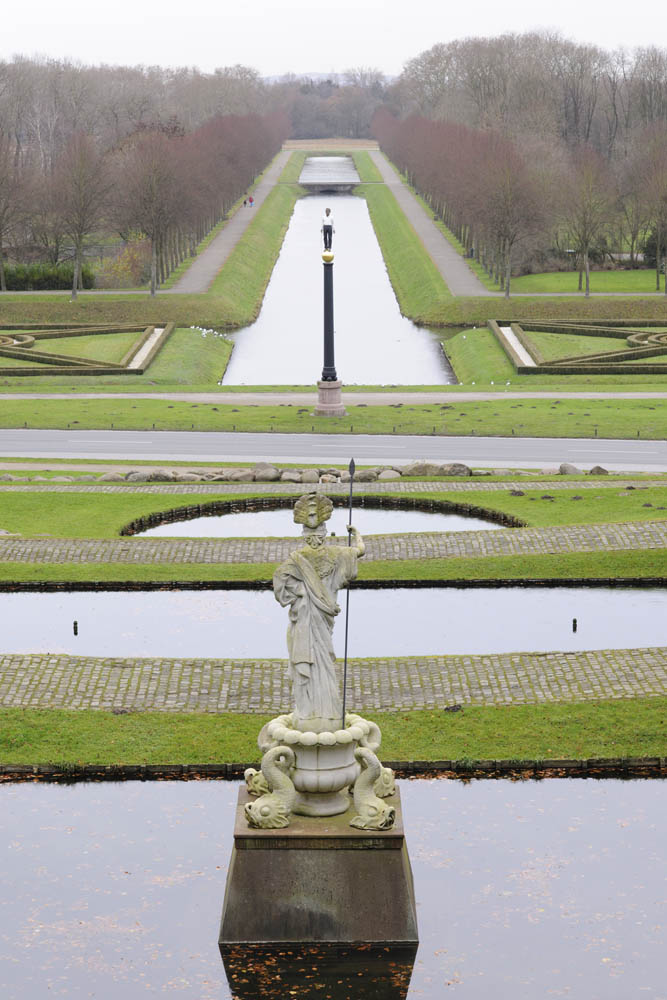
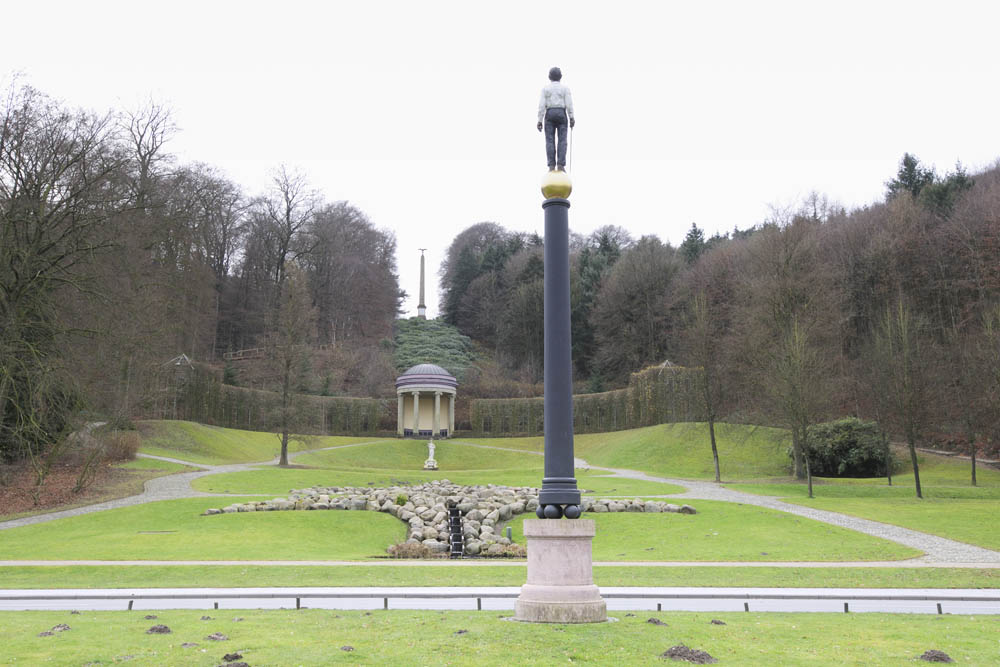

June 18, 2004 marked the 400th birthday of the Brandenburg governor of Kleve Prince Johan Maurits van Nassau-Siegen. Numerous activities were organized for the mid-June event, including an international congress, an exhibition, and a large Brazilian celebration. However, the highlight of the festivities was undoubtedly the unveiling of the New Iron Man on the governor’s birthday.
The original Iron Man monument had served as a symbol of the city of Kleve for almost 150 years and was resurrected in the form of the New Iron Man over 200 years after its destruction. The original Iron Man was erected on December 22, 1653, and featured an armor-clad figure atop a pillar with a pedestal. It was positioned in line with the Amphitheater Kleve and designed to represent the god Mars. In 1660, a marble statue of Minerva, the goddess of the arts and sciences, was installed as a counterpart to the existing statue. However, the Iron Man was destroyed in 1749 during the invasion of the French revolutionary troops.
Sculptor Stephan Balkenhol (…) gained international recognition for his figurative, predominantly wooden sculptures and is among the most important German artists of the younger generation. His design for the New Iron Man draws significantly from the 17th century sculpture, while remaining contemporary. A modern-looking man in black pants and a white shirt stands atop a golden sphere. Withdrawn, he seems to have forgotten the world around him and disinterestedly stares forward. The high altitude doesn’t affect him. As the viewer approaches the figure, the sword in his right hand suddenly becomes apparent. This attribute seems like an anachronism, a relic of the Baroque period when the garden was created.
Stephan Balkenhol had already dealt with similar subject matter in a 2002 exhibition at the Museum der Bildenden Künste in Leipzig: He had created a series works depicting Minerva/Pallas Athena and Mars/warrior in his sculptural language. In several sculptures, the artist approached the subject with irony — for example, one work features Minerva naked and wearing nothing but a helmet. Her male counterpart is always a contemporary figure, dressed in a shirt and pants. By providing him with different attributes — helmet, lance, and sword — Balkenhol transformed him into a warrior, Mars, and Minerva’s partner. But the warrior is not really battle-ready. A vulnerable contemporary man in street clothes has been given a historical object and he obviously doesn’t quite know what to do with it. In this way, the topic is made ironic and trivialized.
With the realization of Balkenhol’s New Iron Man, the amphitheater in Kleve has been given a new focal point and the location’s historical connections have been restored.
Original German text: Dr. Roland Mönig, press release from 2004, Museum Kurhaus Kleve
Stephan Balkenhol
← Zur Startseite
Kleve, Tiergartenstraße (in the baroque garden between the canal and the amphitheater, not far from the Museum Kurhaus Kleve)
